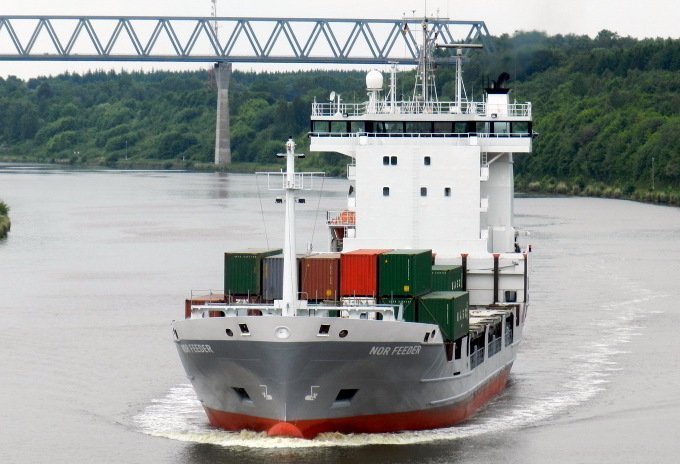Feeder boxship shortage predicted

Analysts at SeaIntel in Copenhagen are suggesting something unheard of in shipping since the collapse of Lehman Brothers 10 years ago – there is a shortage of a certain ship type across the world.
SeaIntel analysis has found that the phase-in of the new swathe of ultra large container vessels through to 2020 is not matched by a commensurate injection of feeder tonnage – suggesting either an ordering spree of such vessels or a feeder shortage.
The larger vessels tend to result in a reduction of service frequency in the major trades to balance supply and demand, SeaIntel explained in a report. This leads to a situation where the networks with lower service frequency will continue to depend on feedering services – potentially even an increased transhipment incidence owing to the lower service frequency.
Based on the existing fleet and orderbook, it is possible to calculate the ratio of feeder vessels to large vessels in excess of 11,000 teu. Furthermore, approximately 9% of the feeder vessels will be in excess of 25 years of age in 2020, and SeaIntel can therefore also calculate the ratio in 2020 under the assumption that these older vessels will indeed be scrapped. Presently the global fleet has 7.9 feeder vessels for each large vessel in operation.
With the current orderbook, and anticipated scrapping, this will decline to a ratio of just 5.4 by the end of 2020. The mid-sized vessels, between 5,000-10,999 teu, also use some of the feeders today, and the phase-in of the new, larger vessels will simply be a replacement of some of these.
SeaIntel is predicting that at the outer extremes of its estimates, the global fleet will see a shortage of 400-1,200 feeder vessels by the end of 2020. Realistically, a ‘shortage’ of 1,200 vessels is not likely – such a massive shortage will increase charter rates to such elevated levels that scrapping will cease and cause the usage of vessels much too large for the job.
Commenting on the data, SeaIntel CEO, Alan Murphy said: “It is clear that in the absence of any additional feeder vessel ordering, we will very likely see an increase in the premium for feeder tonnage – and this in turn will place further pressure on the pricing strategies for the carriers, where we will see the pricing spread between direct port-port pairs and transhipment products widen.”
